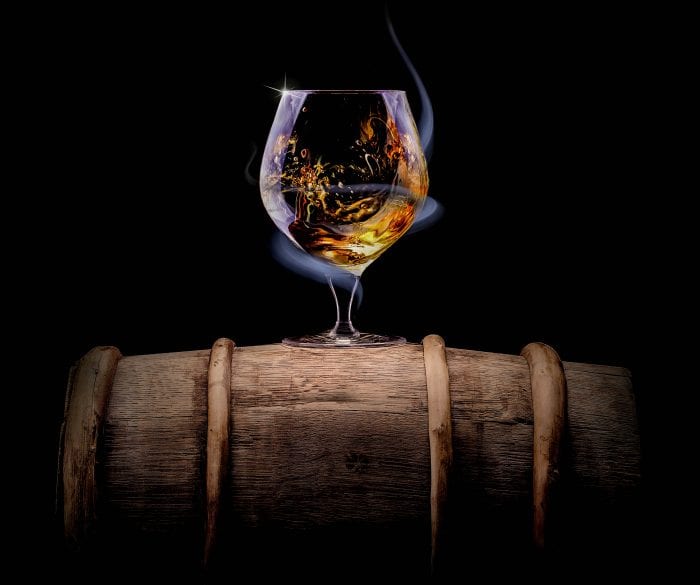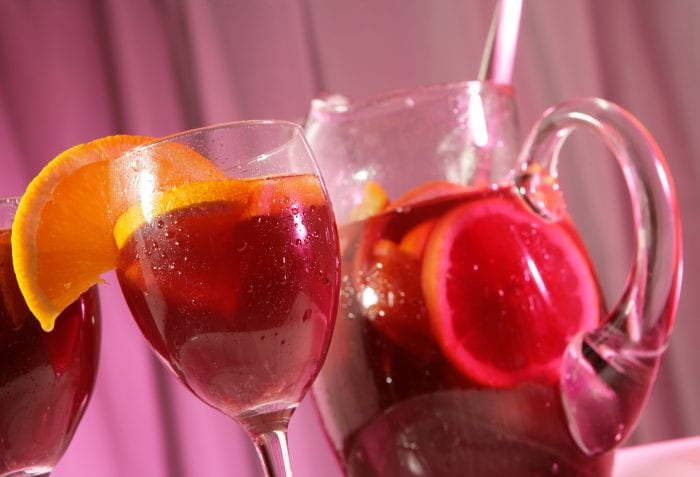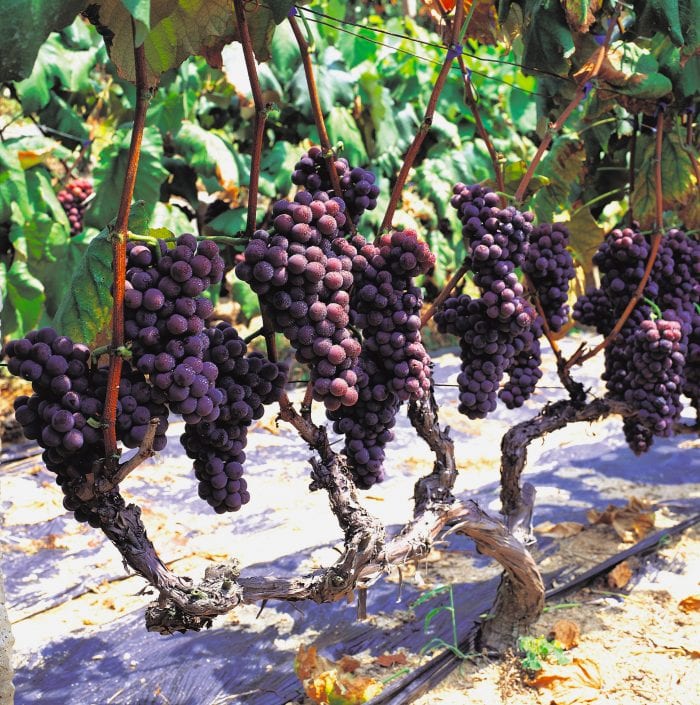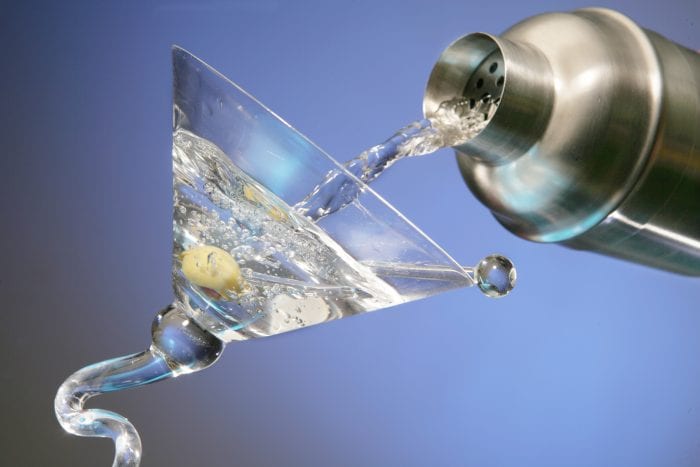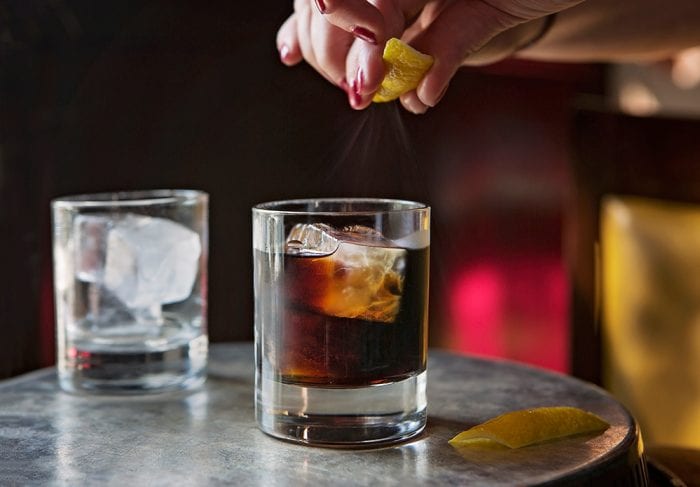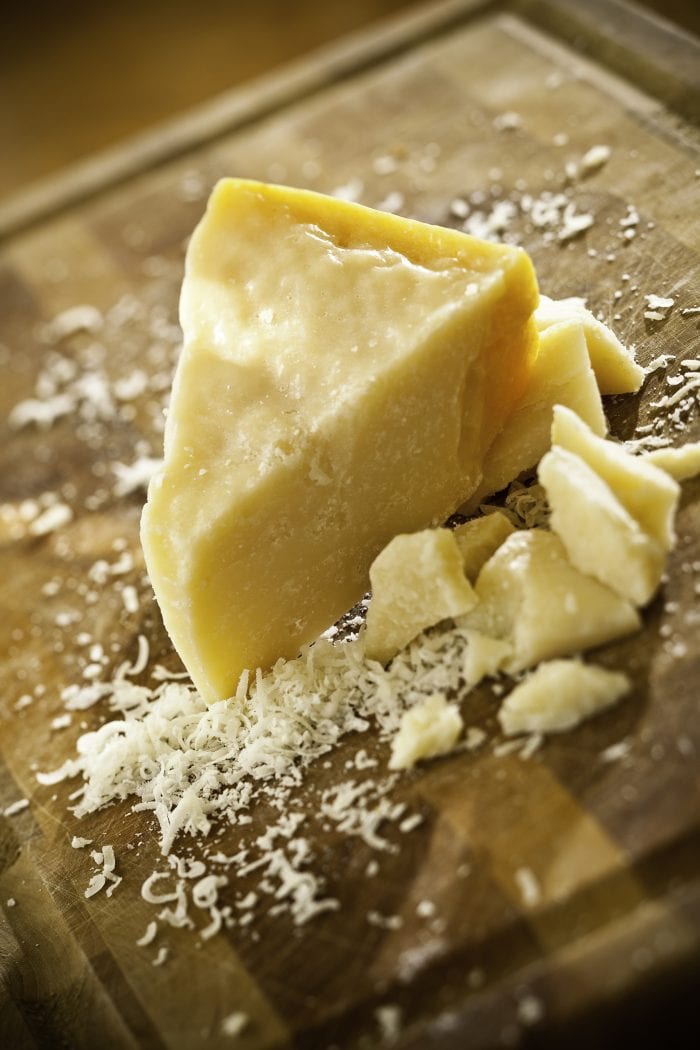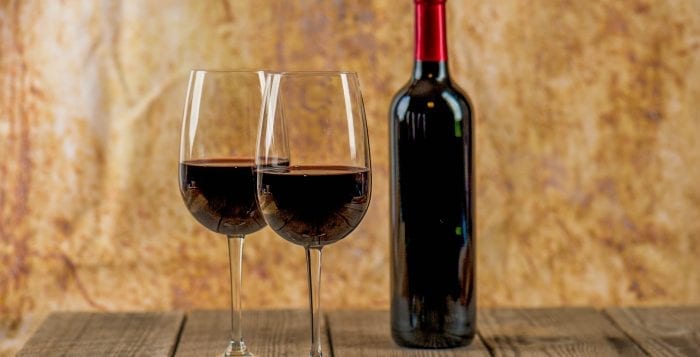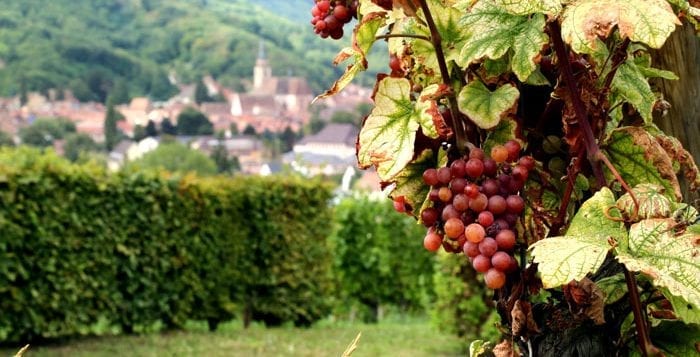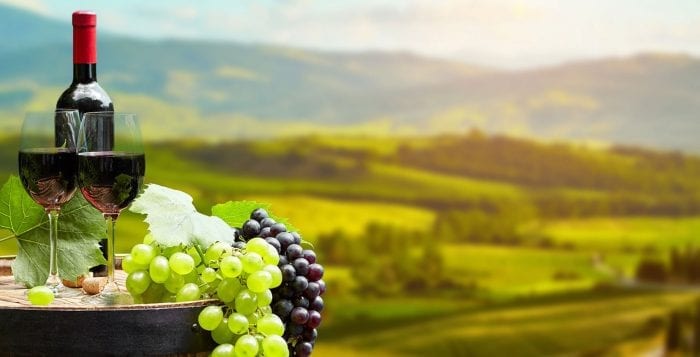By Bob Lipinski

Prosecco is both the name of a grape and a sparkling wine that originates in Italy’s northeast regions of Friuli-Venezia Giulia and Veneto.
Prosecco is known locally in these regions as Glera. The Prosecco grape is thin-skinned with high acid and is used to make dry to sweet; still (non-effervescent) to sparkling wines. Besides Prosecco, there are other white grapes (and one red … Pinot Noir) that can be used to make a white or rosé sparkling Prosecco.
Most white Prosecco wine is released as non-vintage; the wine may be released with a vintage date if the wine contains a minimum 85 percent of the stated year’s harvest. It can be labeled Brut, Extra Dry, Dry, or Demisec. Styles of Prosecco are frizzante, spumante, and rosé. Prosecco Rosé is made from Prosecco and Pinot Noir grapes and must be vintage-dated.
There are several other higher-quality (also higher prices) sparkling Prosecco DOCG wines made. They are labeled Asolo Prosecco; Conegliano Valdobbiadene Prosecco; and two specialty, limited-produced wines labeled Rive and Prosecco Superiore di Cartizze.
Prosecco wine is straw yellow with a fresh fruity aroma and flavor of acacia, almonds, green and red apples, apricots, bread dough, citrus (lemon, lime), fennel, ginger, hazelnut, kiwi, licorice, melon, orange, peaches, pears, tropical fruit, spices, and wild flowers.
Because of its fruit and higher level of acidity, it is a very versatile sparkling wine. Some suggested food pairings might be salmon and other salads with a touch of sweetness; fried calamari; pork with fruit sauces; chilled summer soups; prosciutto and melon; spicy curries; soy and ginger infused sauces; or even your favorite cheeseburger!
Some recommended cheeses to pair with this sparkling wine are Asiago, Brie, Camembert, Emmentaler, Fontina, Gorgonzola, Grana Padano, Gruyère, Manchego, Monterey Jack, Parmigiano-Reggiano, Pecorino, and Ricotta.
Prosecco makes a refreshing cocktail. Two favorites are Aperol & Prosecco and Campari & Prosecco. Finally, if you are a fan of grappa, several distillers in Italy make a Prosecco Grappa.
Bellini Cocktail
The much sought-after Bellini cocktail was created in 1948 by Giuseppe Cipriani at Harry’s Bar (opened in 1931) in Venice, Italy, to commemorate the Venetian Painter Giovanni Bellini (1430-1516).
YIELD: Serves 6
INGREDIENTS:
3 medium-sized ripened peaches
Dash of raspberry purée
1 chilled bottle of Prosecco
DIRECTIONS:
Peel and cut peaches into cubes, then put into a blender along with the raspberry purée. Pour the pulp into a carafe, then add the entire bottle of Prosecco. Stir and serve.
Bob Lipinski is the author of 10 books, including “101: Everything You Need To Know About Whiskey” and “Italian Wine & Cheese Made Simple” (available on Amazon.com). He conducts training seminars on Wine, Spirits, and Food and is available for speaking engagements. He can be reached at www.boblipinski.com OR [email protected].


